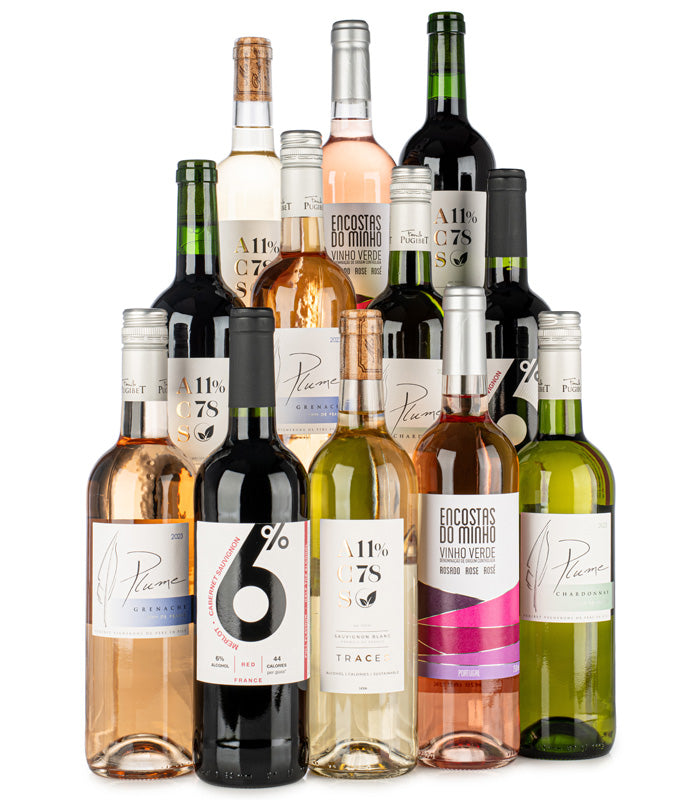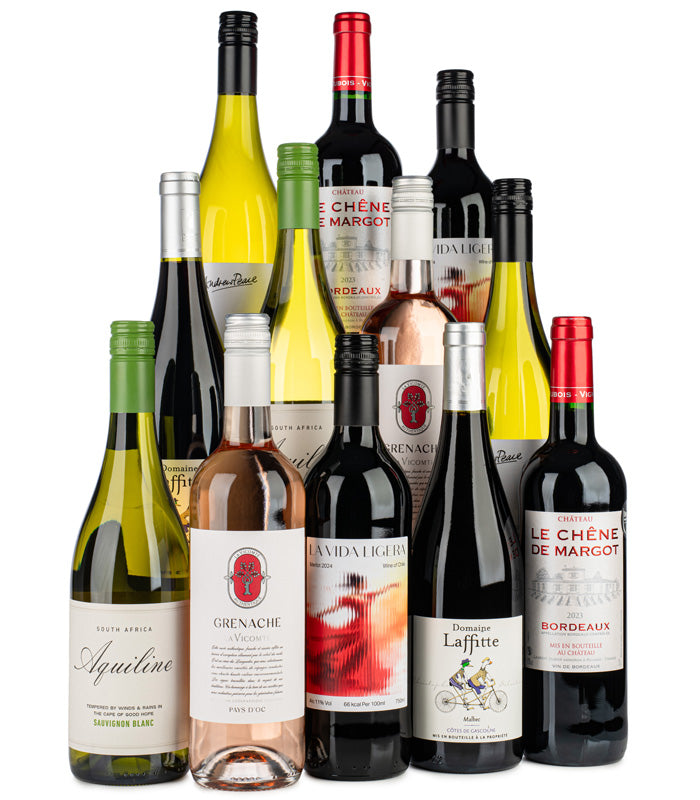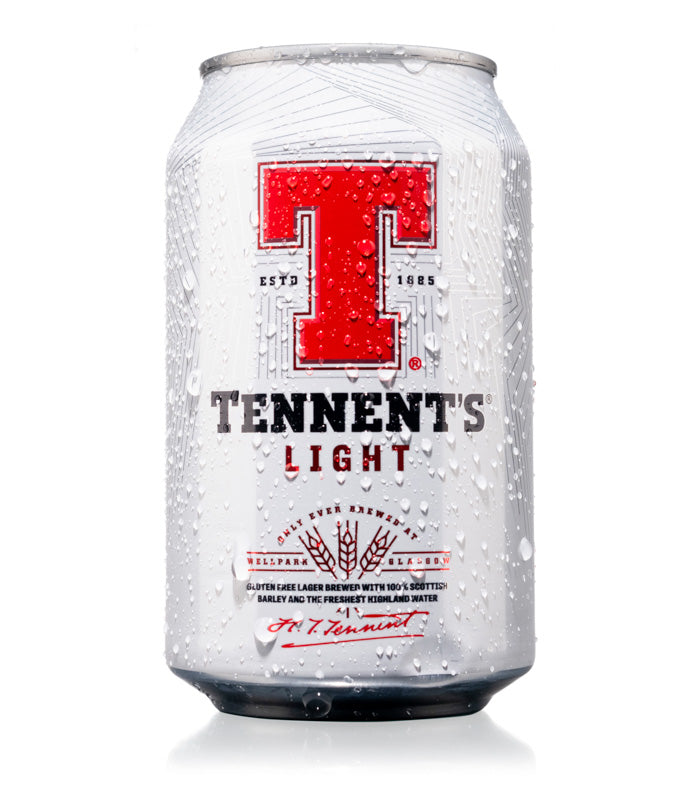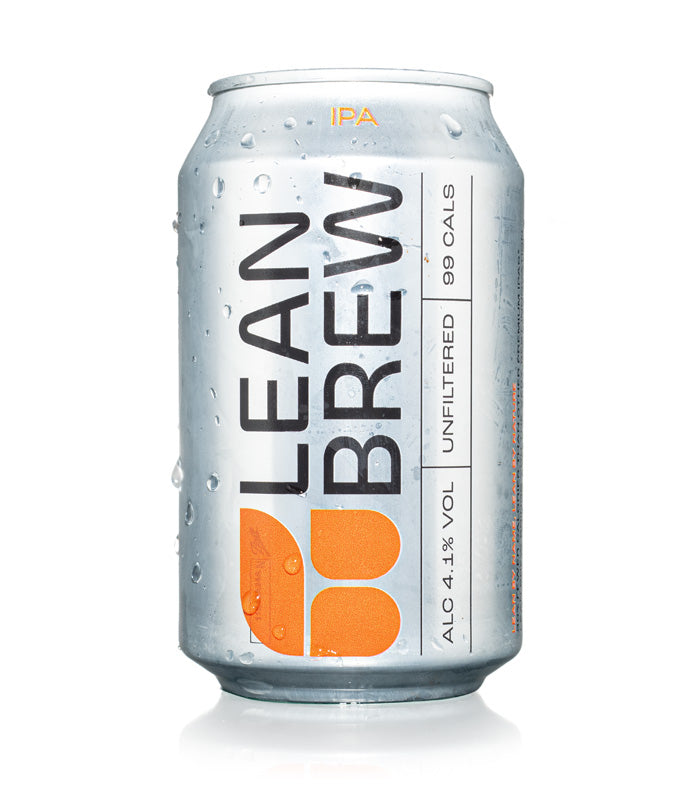-
ZERO SUGAR WINE
-
ZERO SUGAR WINE
ALL WINE
-
SHOP BY WINE TYPE
-
SHOP PRE-MIXED CASES
-
SHOP BY DIETARY REQUIREMENT


Limited Edition Winter Case
£129.99 £138.88
TRACES WINE
-
-
LOW CARB BEER
CHRISTMAS DEALS
WINE CLUB
LOYALTY






If you are someone who likes to read the description or tasting note of a wine before you commit to choosing it, you will probably have come across the terms ‘lees’, ‘sur lie’ or ‘on the lees’. Unless you are a bit of an expert, you probably wondered what on earth it means. In this blog, we will explore what lees are in wine, what they are used for and what they taste like.
Nutrition details (per 125ml)
Each bottle saves you (vs standard average*):
-
Calories
-
Sugars
*Statistics based from Drinkaware 2023 and Alcohol Health Alliance 2022186.0
19.9999g
What Are Lees?
Lees are deposits of dead yeast or residual yeast and other particles that are left over from the fermentation process used to make wine. All wines contain lees at some point, which are solid and separate from the liquid of the wine itself. There are two types of lees:
What Wines Are Aged on the Lees?
White and sparkling wines are sometimes ‘aged on the lees’ (or ‘sur lie’ in French) to add beneficial textures and flavours. This means that the wine is bottled straight from lees, rather than going through a ‘racking’ process to filter the wine. As the lees start to break down in the wine, they release sugars and amino acids that add a textural weightiness or increased body.
The process can also give an added freshness and creaminess to the wine, as well as improving colour and clarity. The lees may also be stirred (technically known as bâtonnage) to maximise the contact surface area of the lees. Wines that are commonly made using this process include Chardonnay, Champagne, and Muscadet.
DrinkWell offers a number of wines that are aged on the lees. For example, the Il Badalisc Pinot Grigio DOC is available to purchase on the website, containing just 82 calories per glass and zero residual sugar. This vegan wine gains its unique character by being crushed and pressed gently before leaving the juice time to clarify and settle. At just £9.49 per bottle, this Italian Pinot Grigio is the perfect light and refreshing partner to cream based dishes such as Caesar salad or salmon and chicken pasta dishes.
What Do Lees Taste Like?
A number of different flavours can be detected in wines that have been left on the lees. Unsurprisingly, due to the fact lees contain yeast, distinctive yeasty flavours and aromas are detectable, such as bready ‘toasty’ notes. Other flavours and aromas that you might find in a white or sparkling wine that has been aged on the lees include almond, hay, hazelnut and floral elderflower like notes.
How Long Do Wines Spend on the Lees?
Depending on the wine and the required effect, some will spend around 3 months ageing on the lees, whilst some will spend several years. It is a requirement for non-vintage champagne to spend a minimum of 12 months on the lees, whilst a vintage champagne must spend at least 3 years on the lees! However, some producers will age their best vintage and non-vintage offerings for much longer than this to really set them apart from the competition.
Browse White Wines